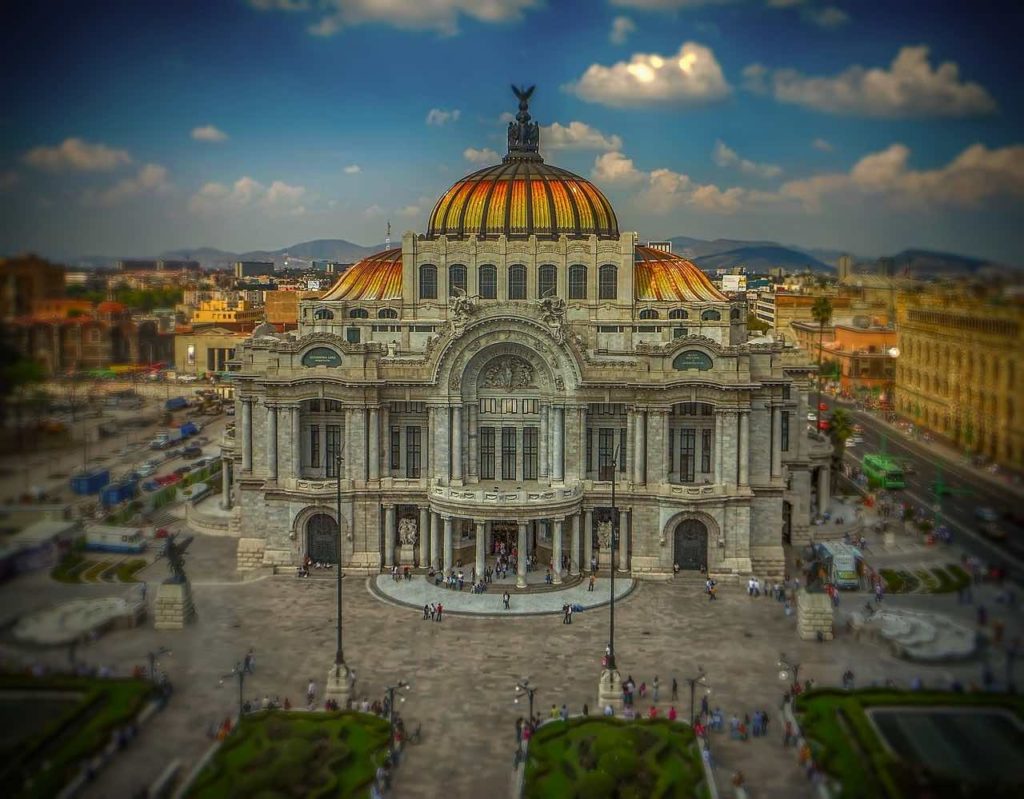Mexico
Welcome to Mexico ! With steaming jungles, snowcapped volcanoes, cactus-strewn deserts and 10,000km of coast strung with sandy beaches and wildlife-rich lagoons, Mexico is an endless adventure for the senses and a place where life is lived largely in the […]
Welcome to Mexico !
With steaming jungles, snowcapped volcanoes, cactus-strewn deserts and 10,000km of coast strung with sandy beaches and wildlife-rich lagoons, Mexico is an endless adventure for the senses and a place where life is lived largely in the open air. Harness the pounding waves of the Pacific on a surfboard, strap on a snorkel to explore the beauty beneath the surface of the Caribbean Sea and ride the whitewater of Mexico’s rivers. Or stay on dry land and hike Oaxaca’s mountain cloud forests, scale the peaks of dormant volcanoes or marvel at millions of migrating Monarch butterflies.
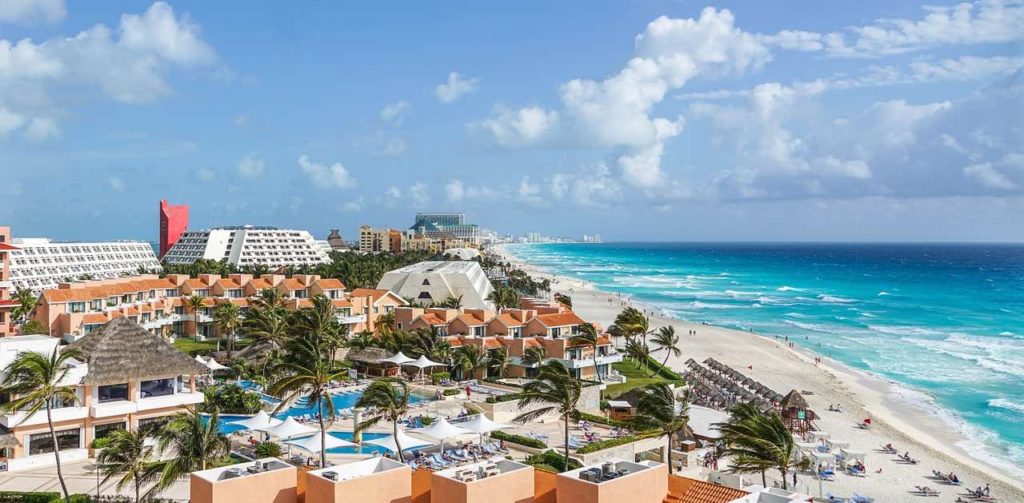
Cancún and the Mayan Riviera
Lying along a beautiful stretch of coastline on the Gulf of Mexico are the resort destinations of Cancún, Playa del Carmen, the island of Cozumel, and beyond. Together these are known as the Riviera Maya. This magnificent area along the eastern edge of the Yucatán Peninsula attracts millions of visitors each year.
The area also boasts innumerable fun things to do, such as dolphin and stingray swims; snorkelling among reefs and tropical fish; as well as scuba diving in the world’s largest underwater museum, a spectacular collection of sculptures submerged at depths of up to eight meters. Then there’s the region’s many ancient Mayan ruins, with some of the closest sites within walking distance of the beaches, while the largest and most impressive – Chichén Itzá and Tulum – are just a few hours away.
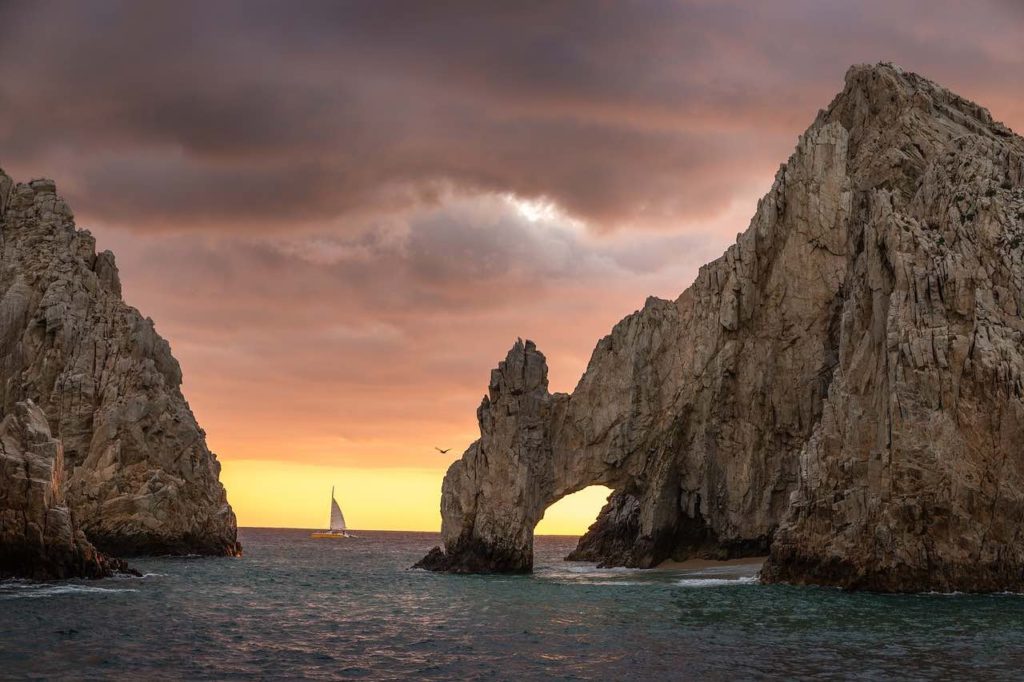
Cabo San Lucas and the Los Cabos Corridor
At the southern tip of the beautiful Baja Peninsula, Los Cabos, often referred to simply as “Cabo”-is one of Mexico’s top beach destinations. Consisting of a large stretch of coastline that extends from the towns of Cabo San Lucas and San José del Cabo and known as the Los Cabos Corridor (Corredor Turistico). This 30 Kms stretch of pristine beaches attracts visitors the world over for its clear waters, diving, snorkeling, and fishing.
Los Cabos is one of the luxury capitals of Mexico. In addition to spending time on the beaches and exploring Cabo San Lucas, one of the most popular activities is swimming and snorkeling around the famous natural landmark El Arco de Cabo San Lucas, a huge archway carved out of the coastline where the Sea of Cortez meets the Pacific.
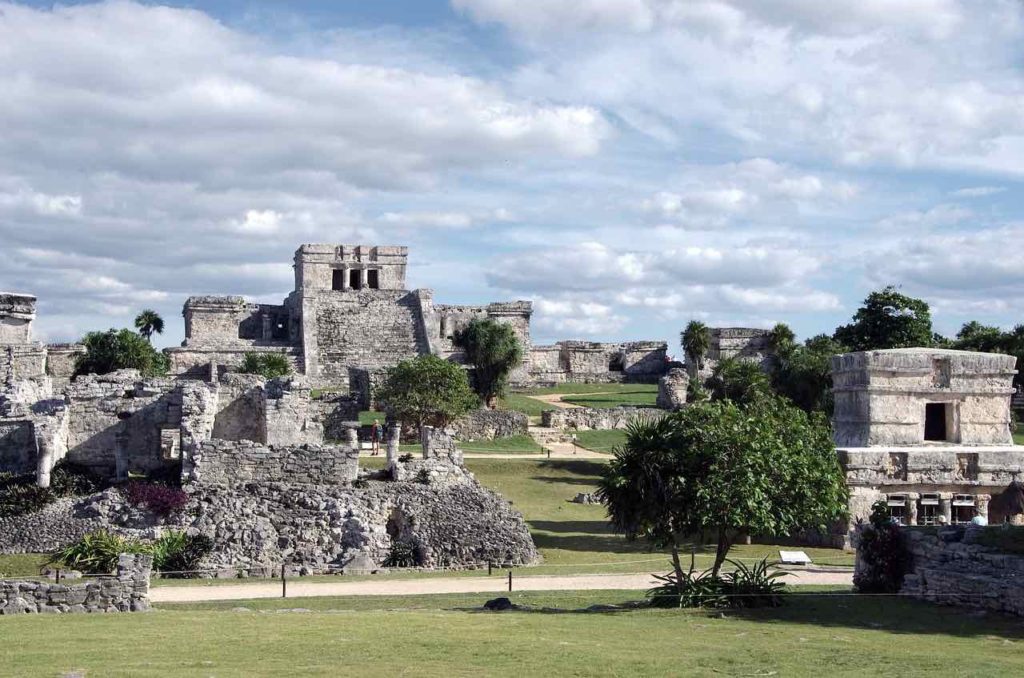
Tulum
Famous as the only fortified Mayan settlement located on the coast, the ancient city of Tulum is one of the Yucatán Peninsula’s most visited attractions. In the Mayan Riviera and within easy reach of the beaches of Cancún, Playa del Carmen, and Cozumel, the site’s well-preserved ruins can be seen for miles around due to their location atop 12-meter-high cliffs overlooking the beautiful Caribbean Sea.
Tulum means “wall” in Yucatec Maya, a reference to the city’s fortifications. The most photographed structure is Templo del Dios de Viento, a small temple perched on a rocky outcrop, the Caribbean waters perfectly framing it and the the Castillo, the site’s largest building, famous for its cliff side location.
Mexico City
Mexico City (Ciudad de México) is not only the capital of the country and the seat of government, it is one of the country’s most popular alternative travel destinations thanks to its many world-class museums, art galleries, and attractions. Don’t be put off by its size. Instead, focus your efforts on the historic city center (Centro Histórico de la Ciudad), a 15-square-kilometer UNESCO World Heritage Site boasting more than 1,400 important colonial buildings from the 16th to the 19th centuries.
Guanajuato

Guanajuato
Designated a UNESCO World Heritage Site thanks to its many old colonial buildings, winding lanes, and narrow alleys, Guanajuato is a city that is best enjoyed to be explored on foot. Known as an art city, it is home to many fine galleries, as well as interesting museums. A particularly pleasurable experience is visiting its many plazas, including the delightful Jardin de la Union, the city’s main square with its splendid old architecture. It’s here, you’ll find the beautiful old San Diego Church & the majestic Juárez Theater, along with fountains and flower beds, cafés, and restaurants.
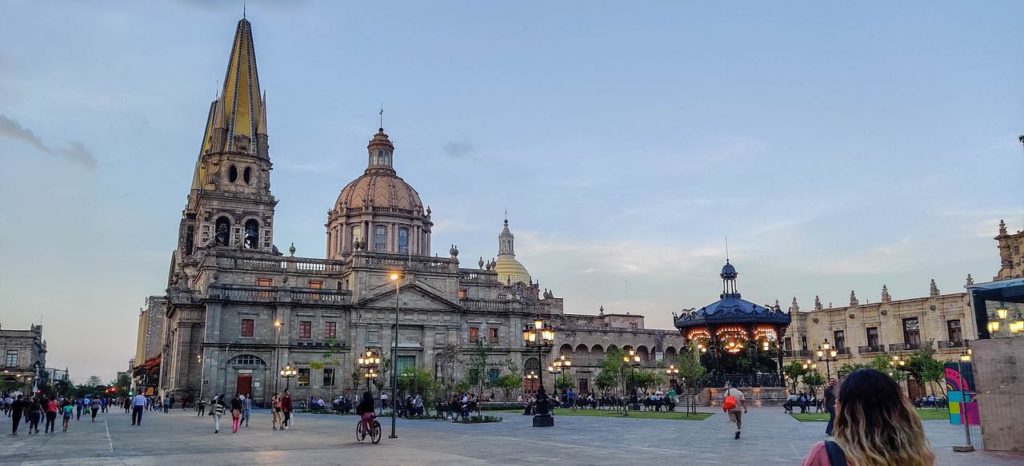
Guadalajara
Next only to Mexico City in size, Guadalajara, capital of the state of Jalisco, has successfully conserved its unique mix of colonial and native Tapatíos influences. Famous for its broad avenues flanked by picturesque parks and fine old buildings notable for their European flair, Guadalajara is a hotbed of traditional Mexican culture, from the mariachi music that seems to emanate everywhere, to its fascinating Charreadas, a type of rodeo that is usually accompanied by festivities such as dancing, singing, and plenty of great food.

Copper Canyon Railway
The Ferrocarril Chihuahua Pacífico (Copper Canyon Railway) remains one of Latin America’s best rail trips. Trains climb from sea level at Los Mochis to the adventure-minded town of Creel via the sensational rocky landscapes of the Copper Canyon. Vistas from your window include alpine forests, subtropical valleys, Tarahumara villages and glimpses of some of the world’s deepest canyons.
When to go and weather
High Season (Dec.–April)
- Best time for outdoor activities
- On the Baja Peninsula, flowers bloom, things get green and the whales and whale sharks play.
- In the Northern Central Highlands, it’s a great time for excursions to waterfalls and rivers
Shoulder (July & August)
- Best time for surfing and exploring the stunning Northern Central Highlands
- Whale sharks begin to gather in June off Isla Contoy north of Cancún between mid-May and mid-September, but the best time to see them is July.
Low Season (May & Jun– Sept. – Nov. )
- There are spots of rain in Mexico City, but without heat, the mild weather is perfect for wandering around the city.
- On the Baja Peninsula, the seas are crystal clear for uncrowded diving and snorkeling.
Fast Facts
Capital: Mexico City
Currency: Mexican Peso (US $1 = 20 Mexican Peso)
Language: Spanish
Recommendations: For details & to plan your holiday to Mexico & the Americas, please drop in a mail at [email protected] or call +91 9873 797960. It would be our pleasure to assist in creating this memorable trip for our valued clients.
Allow us Assist to You
Quick Links
Contact Us



